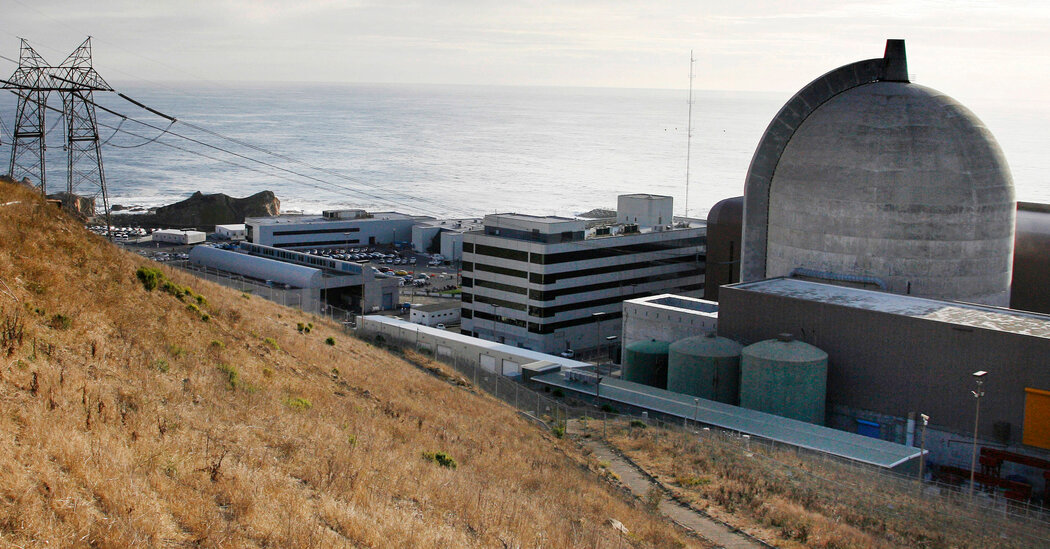Ms. Capito has argued that coal-fired power plants, which have closed as the nation moves away from fossil fuel sources, could become sites for nuclear reactors. That would benefit places like her home state, which has produced coal and relies on it as fuel for power generators.
“Eventually you get to a point where you need something that isn’t weather dependent, something like nuclear to make the grid reliable,” said John Kotek, who headed the Office of Nuclear Energy during the Obama administration and is now vice president for policy is with the Nuclear Energy Institute, a trade association. “There are other technologies that qualify to play that role, but if you look at what’s widely available today, that’s nuclear power.”
The rising costs of other energy sources have made nuclear power more competitive worldwide, including in the United States, which has the largest fleet of nuclear power plants in any country. They produce about 20 percent of the country’s electricity and 50 percent of its clean energy.
The United States has 92 reactors in operation, although a dozen have closed in the past decade, including a month ago the Palisades Nuclear Generating Station in Michigan, about 89 kilometers southwest of Grand Rapids.
The owner, Entergy, decided to close the plant after a power purchase agreement with a utility company expired. Entergy said it could not find buyers for the plant and that the decommissioning has gone too far to get it back online, even with the federal government’s money.
Diablo Canyon is next on the decommissioning list, but Governor Gavin Newsom has suggested extending its lifespan. The plant, on California’s central coast, supplies nearly 10 percent of the state’s electricity. Pacific Gas & Electric, which owns the plant, announced in 2016 that it planned to close it when the licenses expired, saying it would focus more on solar and wind as renewable energy sources.

